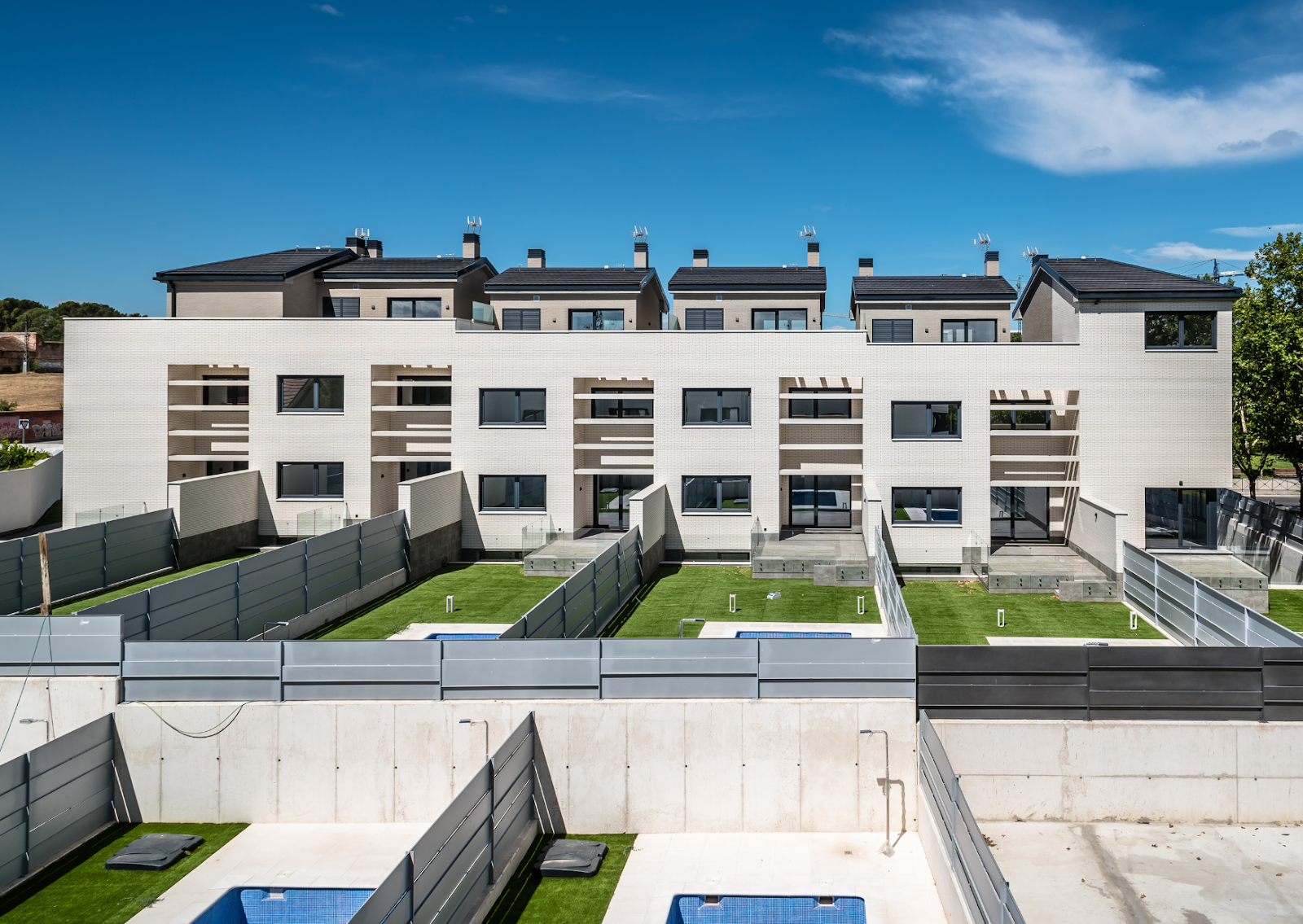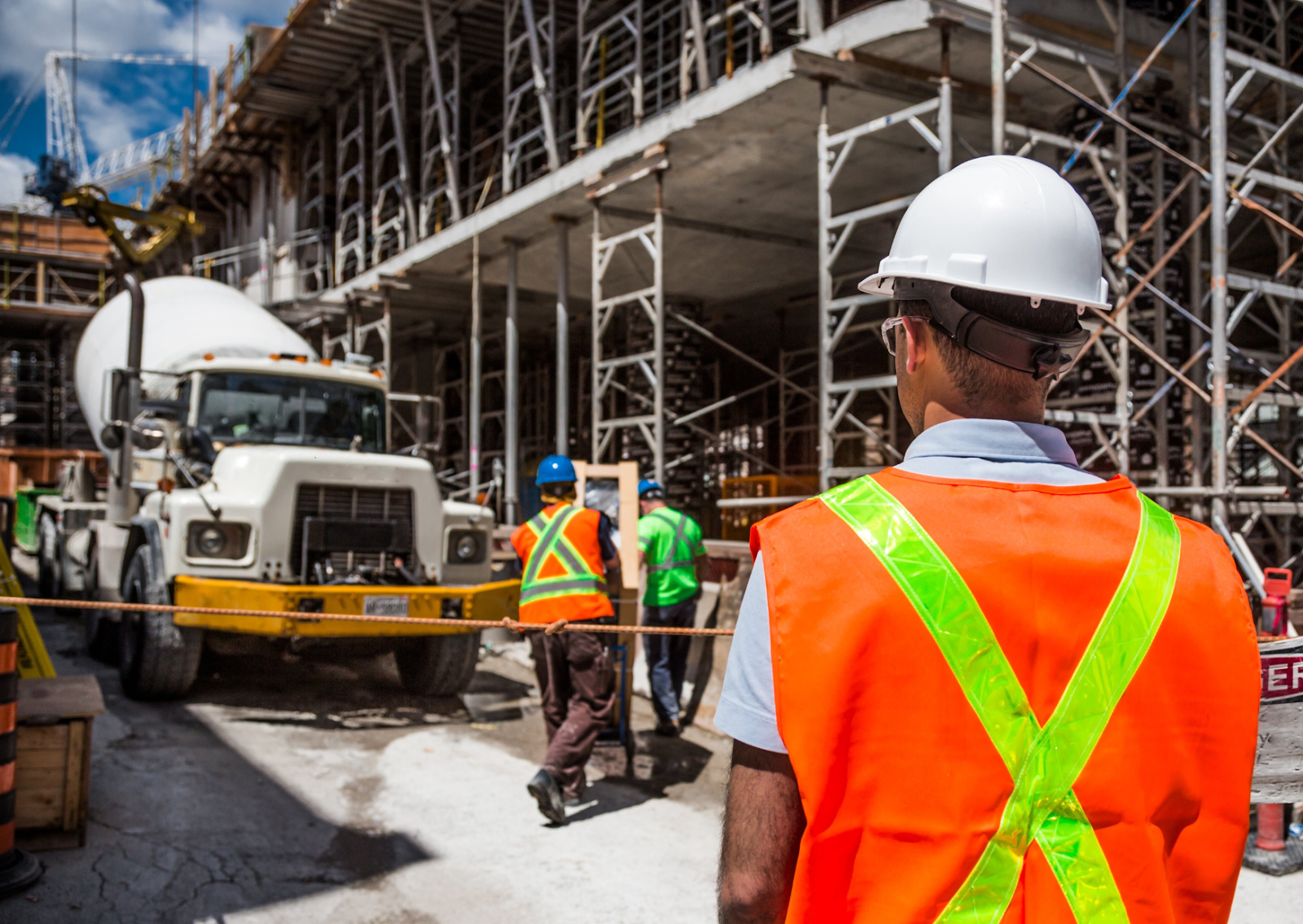What Is Ground-Up Construction and Why Does It Require Careful Planning?
Ground-up construction refers to building a structure entirely from scratch, starting with a cleared plot of land and ending with a fully functional building. It’s a complex process that involves multiple phases, including site preparation, foundation work, structural framing, and final inspections. Every stage demands thoughtful construction and planning to ensure the result is safe, sustainable, and delivered on time.
Proper construction planning helps avoid costly mistakes, delays, and miscommunication. From zoning and permitting to resource management and project scheduling, planning acts as the blueprint for success. This type of building approach is common in residential, commercial, and infrastructure developments, including highways and large-scale urban projects.
How Does Site Preparation Influence the Success of a Construction Project?
Site preparation is the first—and one of the most critical—steps in a construction project. Before any construction begins, the site must be cleared of debris, vegetation, and any existing structures. This phase may include grading, excavation, and installation of temporary facilities like access roads or drainage.
Poor site preparation can lead to unstable foundations and future safety hazards. Construction project planning at this stage ensures the land is level, the soil is stable, and all environmental considerations are addressed. Effective resource management ensures that the right equipment and personnel are available to execute these tasks properly.
What Is the Role of a Construction Plan in Building from the Ground Up?
A construction plan outlines every detail of how a project will be executed. This includes the project scope, cost estimates, timelines, materials, labor requirements, and risk assessments. For ground-up construction, this plan is especially crucial because every phase is interdependent.
A well-developed construction plan provides clarity and alignment among stakeholders. It helps contractors and managers ensure that no step is skipped and that the project stays within budget. It also defines roles, identifies potential challenges, and establishes benchmarks for success.
How Does Planning Design Integrate with Construction Goals?
Planning design bridges the gap between architectural vision and construction feasibility. It takes into account the aesthetic, functional, and regulatory aspects of a project. For ground-up projects, this includes selecting appropriate materials, designing for local climate conditions, and ensuring compliance with zoning and safety standards.
Effective planning design allows teams to create buildings that are not only beautiful but also practical and cost-effective. Engineers and architects work together to balance form with function while aligning with the project’s timeline and budget.
Why Is Resource Management Critical in Construction Projects?
Resource management involves the optimal allocation of materials, labor, equipment, and budget throughout the project lifecycle. In ground-up construction, this is particularly challenging because resources must be scheduled and coordinated across multiple stages.
Without solid resource management, a project may face shortages, delays, or ballooning costs. Managers need to anticipate needs, track usage, and respond to unforeseen challenges. Software tools can help monitor resource availability and reallocate assets in real time.
How Does Scheduling Impact Project Success?
A well-organized project schedule is vital for keeping the construction timeline on track. Scheduling includes start and end dates for each task, time buffers for unexpected delays, and deadlines for inspections and milestones.
For ground-up construction, scheduling must account for dependencies—some tasks, like foundation work, must be completed before framing begins. Tools like Gantt charts or construction management software help visualize timelines, delegate responsibilities, and adjust schedules as needed.
Key scheduling tasks include:
- Establishing start/end dates for site preparation, framing, MEP systems, etc.
- Incorporating review and permitting deadlines
- Allocating time for equipment and materials delivery
- Planning inspections at key milestones
What Is the Critical Path Method and Why Should You Use It?
The Critical Path Method (CPM) is a project planning technique that identifies the sequence of dependent tasks that determine the project’s minimum duration. Any delay in tasks along this critical path will delay the entire project.
For example, if the foundation must cure for 7 days before framing can begin, that task sits on the critical path. Knowing which tasks lie on this path helps managers focus attention on essential milestones, avoid bottlenecks, and plan contingencies.
CPM is especially helpful in large-scale ground-up construction projects where coordination between multiple trades and contractors is required.
How Does Construction Management Keep Projects on Track?
Construction management encompasses the overall supervision and execution of a construction plan. It involves managing contractors, budgets, timelines, resources, and communications. A skilled construction manager ensures that the project aligns with goals set during the planning phase.
Key responsibilities include:
- Monitoring project progress
- Managing cost overruns
- Overseeing site safety
- Coordinating between stakeholders
- Ensuring compliance with regulations
For ground-up builds, construction management is the glue that binds all the moving parts. A successful manager ensures that the right tasks are completed in the right order and at the right time.
How Should You Plan for the Final Phases of Construction?
As a project nears completion, focus shifts to finishing tasks like interior installations, landscaping, and final inspections. This phase demands close attention to detail and proper scheduling.
Important planning activities in this phase include:
- Coordinating MEP system installations
- Managing subcontractors for flooring, painting, and trim work
- Preparing for safety and code inspections
- Finalizing exterior landscaping and parking areas
A comprehensive project schedule ensures that these tasks are completed without causing delays to occupancy.
What Are the Common Challenges in Ground-Up Construction and How Can Planning Help?
Ground-up construction presents a variety of challenges, from unexpected site conditions to budget fluctuations and labor shortages. The solution to many of these issues lies in strong construction and planning strategies.
Common challenges include:
- Weather delays
- Material shortages
- Design changes
- Permit hold-ups
- Labor coordination issues
To overcome these challenges, teams must:
- Maintain clear communication channels
- Conduct regular project scope reviews
- Update the project schedule frequently
- Use flexible planning techniques
- Monitor costs and adapt as needed
What’s the Best Next Step for Your Construction and Planning Needs?
If you’re embarking on a ground-up construction project, you need a partner who understands how to bring your vision to life through expert construction and planning. At MID Construction Group, we specialize in delivering high-quality, on-schedule builds with a focus on excellence at every phase—from site preparation to final walkthrough. Call today!
Our team has extensive experience with residential, commercial, and institutional projects across Los Angeles and beyond. We take pride in our integrated approach that combines planning, design, construction management, and real-world execution.
Get in Touch with MID Construction Group Today
- Visit: https://midconstruction.com
- Discover how our ground-up expertise can serve your project
- Explore our service offerings and past projects
- Schedule a consultation with our team
Let us help turn your plans into a lasting, quality build.
Final Thoughts
Ground-up construction is a rewarding but complex endeavor that requires thorough construction and planning. From the earliest phases of site preparation to final inspections, every decision impacts the project’s success. Understanding key concepts such as project scheduling, construction planning, resource management, and critical path methods helps ensure that your project stays on time, on budget, and aligned with your goals.
Whether you’re building a new home, commercial space, or large-scale development, a detailed construction plan and a skilled team make all the difference. Partner with professionals who can help you navigate challenges, manage risks, and deliver excellence, like the experts at MID Construction Group.
Works Cited
“Construction Project Planning and Scheduling.” Project Management Institute, www.pmi.org/learning/library/project-scheduling-techniques-construction-8415.
“Ground-Up Construction: What It Is and What You Should Know.” The Balance Small Business, www.thebalancemoney.com/ground-up-construction-definition-5195494.
“Resource Management in Construction.” National Institute of Building Sciences, www.nibs.org.
“Critical Path Method (CPM) in Project Management.” Smartsheet, www.smartsheet.com/critical-path-method.
“Construction Management Guidelines.” U.S. General Services Administration (GSA), www.gsa.gov/construction.
“What Is Site Preparation in Construction?” Levelset Construction Guides, www.levelset.com/blog/site-preparation-construction/.
“Planning and Design Considerations for Construction Projects.” Construction Specifications Institute, www.csiresources.org.
“Effective Construction Planning Techniques.” Engineering News-Record, www.enr.com.
“MID Construction Group.” MID Construction, www.midconstruction.com.
Frequently Asked Questions
1. What is ground-up construction, and how is it different from renovation?
Ground-up construction involves building a structure entirely from an empty lot, starting with site preparation and ending with final inspections. In contrast, renovation focuses on modifying or upgrading an existing structure.
2. Why is a construction plan essential for project success?
A construction plan lays out every critical detail—from budgeting and labor to scheduling and materials. It ensures clarity, reduces risk, and aligns all stakeholders from the beginning.
3. How does resource management help avoid delays and cost overruns?
Effective resource management ensures timely access to labor, equipment, and materials. It allows project managers to handle unforeseen issues efficiently, avoiding shortages and keeping costs under control.
4. What is the Critical Path Method, and why is it used in construction?
The Critical Path Method (CPM) identifies essential, time-sensitive tasks that directly affect a project’s overall timeline. It helps managers prioritize these tasks to prevent delays.
5. What challenges can occur during ground-up construction, and how can they be handled?
Common issues include weather delays, permit problems, and labor shortages. These can be mitigated through proactive planning, regular updates to the project schedule, and flexible management strategies.





